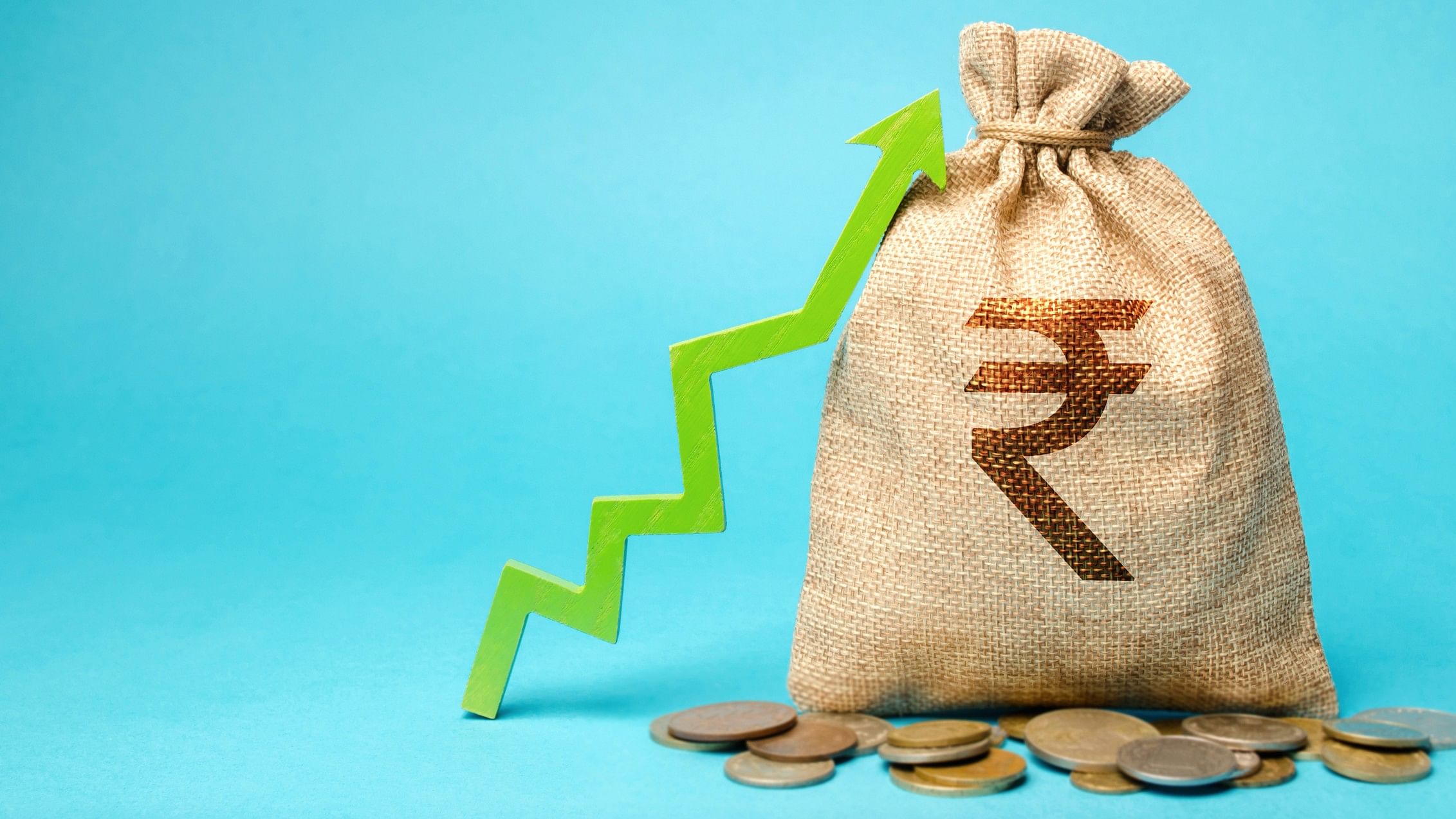
Representative image of a graph going upwards.
Credit: iStock Photo
United Nations: India registered strong investment performance in 2023, driven by government infrastructure projects and multinational investments, the United Nations has said while noting that investment prospects in China face 'headwinds' from a struggling property sector.
The UN World Economic Situation and Prospects (WESP) 2024 report, launched here on Thursday, said that investment has been more resilient in developing economies than in developed economies.
Investment in South Asia, particularly in India, remained strong in 2023.
“Investment prospects in China face headwinds from a struggling property sector, though government-led infrastructure investments are partially offsetting the shortfall in private investments. In contrast, India registered strong investment performance in 2023, driven by government infrastructure projects and multinational investments,” the report said.
Among the developing regions, Africa, Western Asia and Latin America and the Caribbean continue to struggle with high borrowing costs and other challenges that hinder investment growth.
The report noted that India is benefiting from growing interest from multinationals, which see the country as a key alternative manufacturing base in the context of developed economies’ supply chain diversification strategies.
In 2022, FDI flows to India rose by 10 per cent to $49 billion, making it the third-largest host country for announced greenfield projects and the second-largest for international project finance deals.
The report added that another driver of fixed capital formation in the country is the increased government spending on roads, railways and renewable energy projects, which can have a crowd-in effect on private-sector investment.
According to Reserve Bank of India data, from April to September 2023, government capital expenditure in India increased by 43.1 per cent year-over-year.
The report further said that slowing global demand, unresolved trade tensions between the largest trading partners and geopolitical conflicts are affecting trade flows in the short term. The war in Ukraine and the sanctions imposed on Russia have also shaped global trade patterns.
“Crude oil exports from the Russian Federation, for example, have shifted from the European Union to China and India, which together accounted for close to 75 per cent of the country’s crude oil exports in the first quarter of 2023,” it said, citing data.
Russia’s economy is 'increasingly feeling the negative impact of sanctions and declining export revenues. While the country has largely managed to evade the $60 per barrel oil price cap imposed by the Group of Seven countries (by utilising a fleet of tankers not covered by traditional Western insurers), it has had to offer steep discounts on the sale of crude to major customers such as China and India,” the report said.
It added that tight financial conditions and fiscal and external imbalances will continue to weigh on growth in South Asia in the near term.
In addition, geopolitical tensions – including the ongoing war in Ukraine and the conflict in Western Asia – will expose net-oil-importing countries in the region, including India, to the risk of sudden oil price spikes.
Further, as the region is highly vulnerable to extreme weather conditions, the return of the El Nino climate phenomenon will also pose a significant risk to the economic outlook.
“Warmer-than-average temperatures will likely boost power demand and may also place a strain on local hydropower resources amid lower levels of precipitation, which could lead to power rationing constraining industrial activity, as has already been experienced by some South Asian countries in recent years,” it said.
The report highlighted that climate-change-related events continued to hurt the South Asian region in 2023.
Droughts intensified considerably during July and August, affecting most of India, Nepal and Bangladesh, while Pakistan recorded above-average rainfall.
In India, August was one of the driest months in four decades, impacting the production of key staple crops in the most affected areas.
It said El Nino is expected to affect precipitation patterns in many Asian countries, causing extreme droughts or floods and consequently impacting agricultural output.
These shocks are expected to be disproportionately severe in countries where agriculture accounts for the largest share of the GDP.
Damage to key agricultural crops will most likely lead to further increases in food prices, intensifying food insecurity pressures across the region, particularly in those countries already facing high levels of food insecurity, and undermining progress on the Sustainable Development Goals (SDGs), it said.